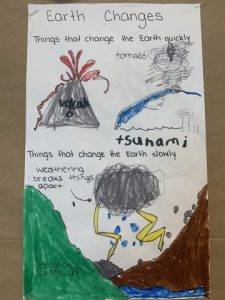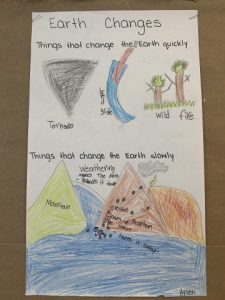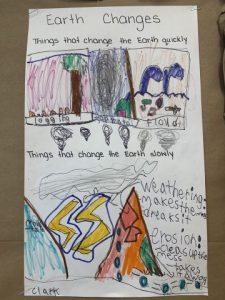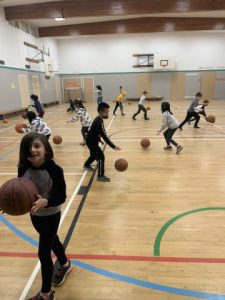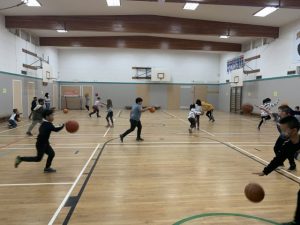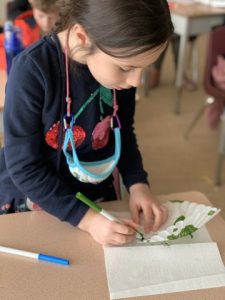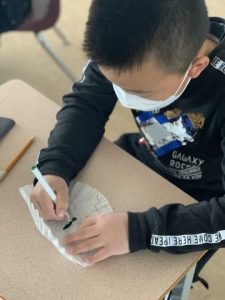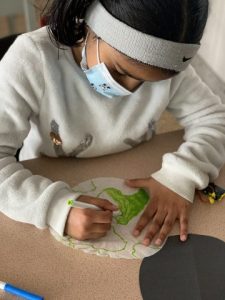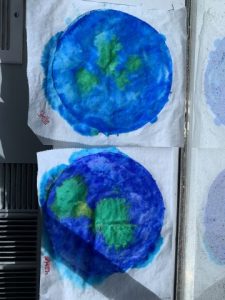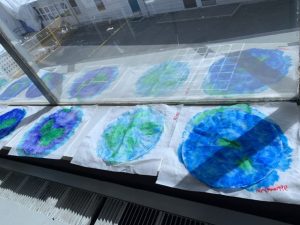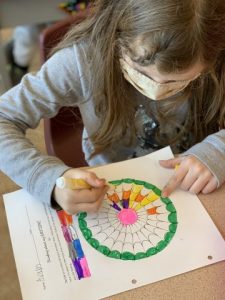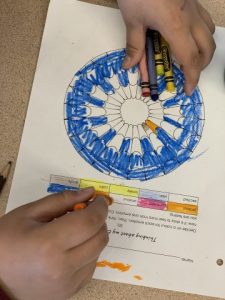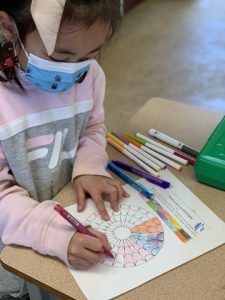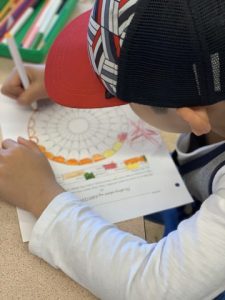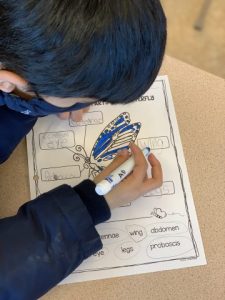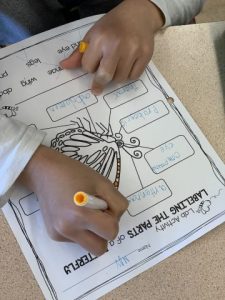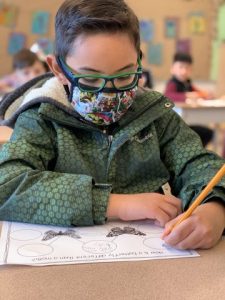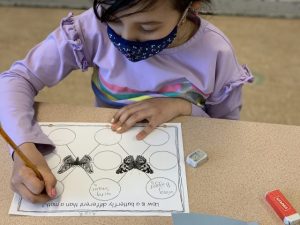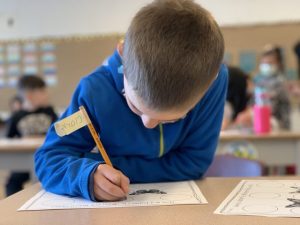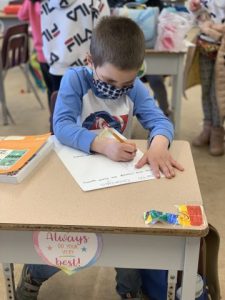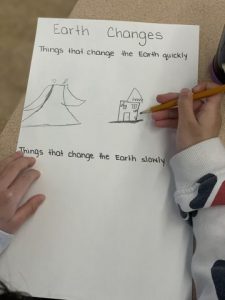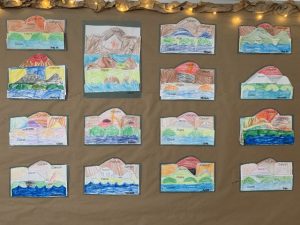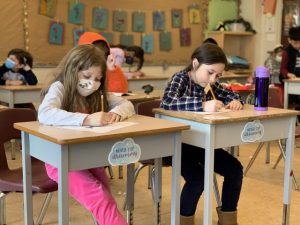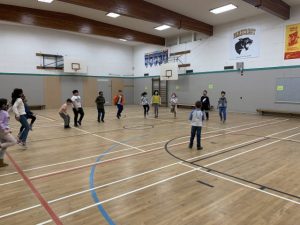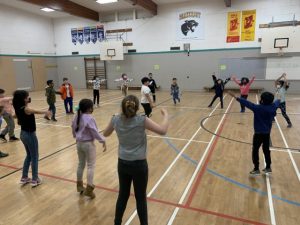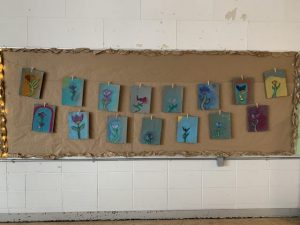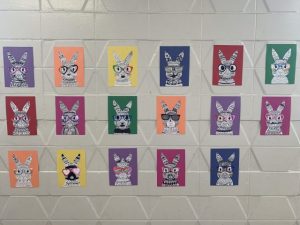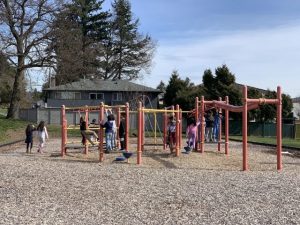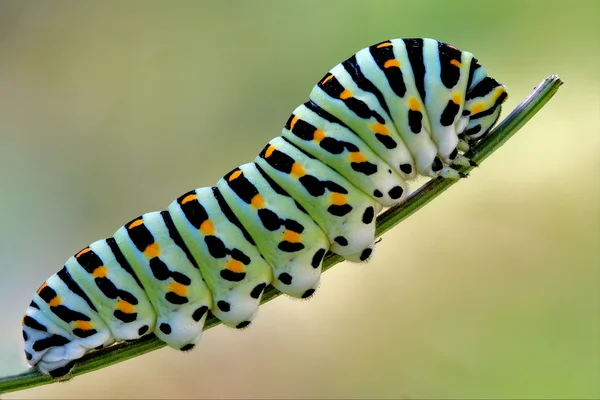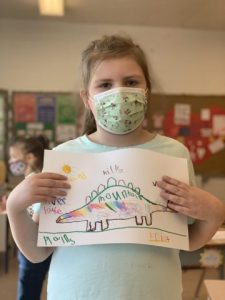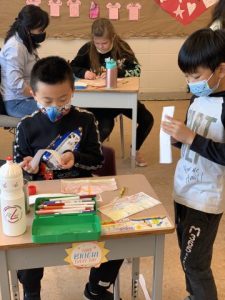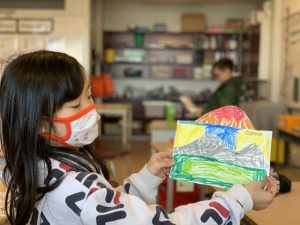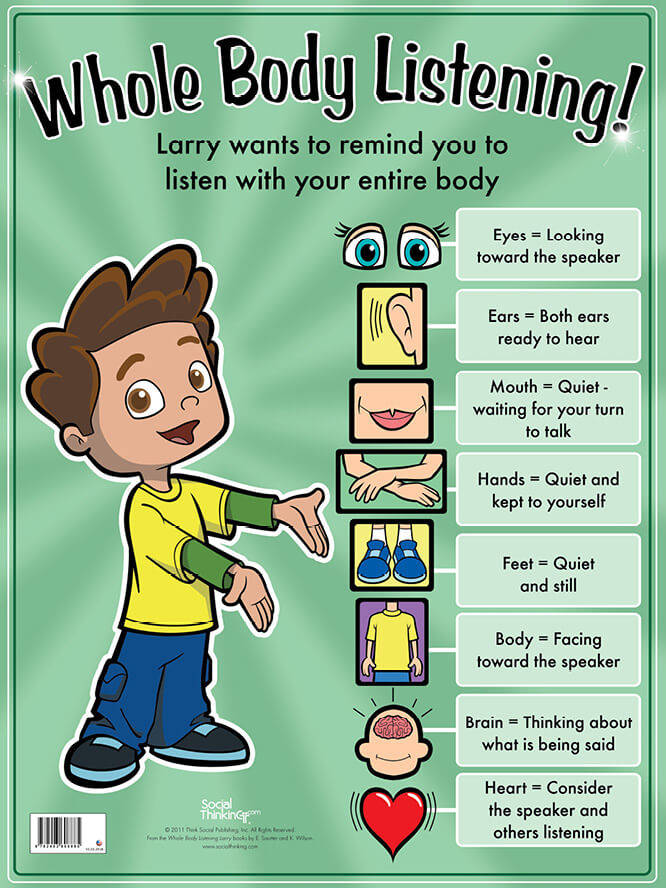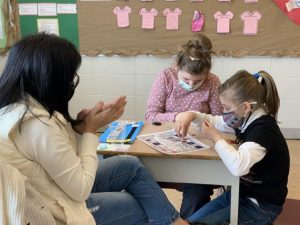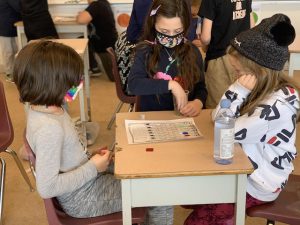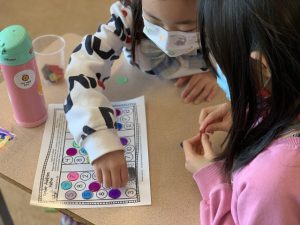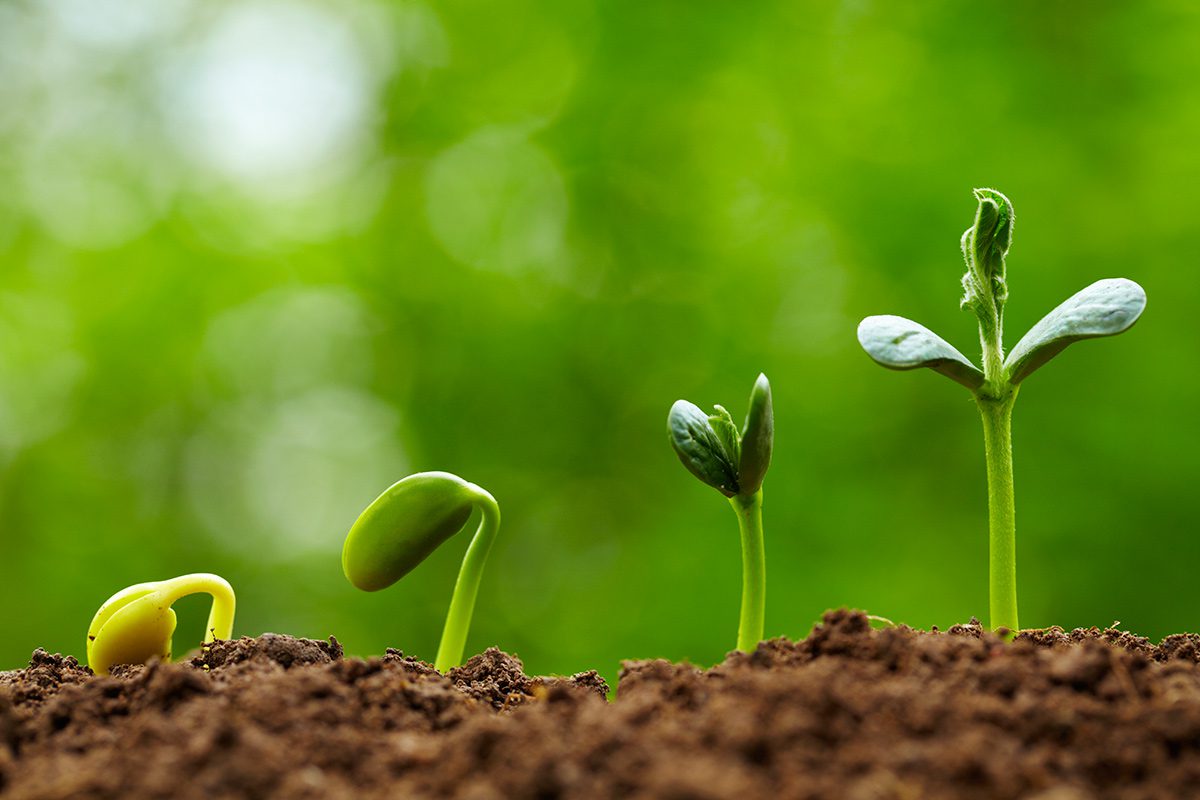
Last Friday we planted our very own pea seeds.
Science:
The purpose of growing and tending to our seedlings is to observe the characteristics of local plants, or in our case vegetable! As scientists, we will take thoughtful, daily observations to closely analyze the subtle, yet always changing features of our seedling. We will collect simple data on our developing pea and discuss the necessary things it needs to not only survive, but to also thrive. Along side growing our peas, we will also plan and conduct an experience to determine if a seed can grow and develop without water, without sunlight and without soil. What are your predictions?
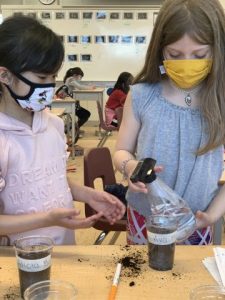
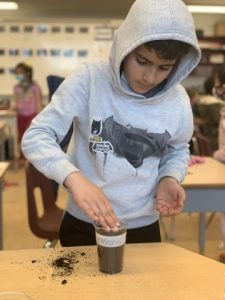
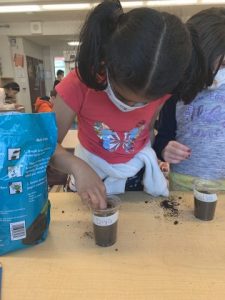
In our studies of the butterfly, we have focused this week on the following questions. As scientists we listen and observe to information and we select which information is imperative to record in our butterfly journal. We focused our attention on some of the following questions below:
What are some things that a caterpillar eats? Ask your scientist why the butterfly strategically lays its eggs on particular leaves? What are ways that a caterpillar can protect itself? What do butterfly’s eat? NOTHING – trick question, they DRINK instead. So, what do butterfly’s drink by using their proboscis?
Physical Education:
In basketball, we continue to develop our skill-set in ball handling and keeping control. We presently are developing our ability to dribble with our dominant and non-dominant hand as well as dribble with control a cross over pass. Next up we will be executing group drills that incorporate passing. Prior to starting our basketball drills, we always warm up our bodies with some group games.
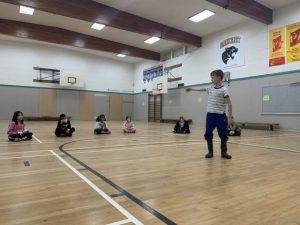
Earth Day:
Ta Da! Our stained glass Earths are complete and are now decorating our windows. This quick and easy art activity turned out great! The kids also loved to observe the effect that took place once water was added to our coloured coffee filter. Coming up next we will be focusing our attention on Earth Day, through discussions and brainstorming we will collaboratively come up with ways to reduce our carbon footprint and to portray our ideas in an instructional writing format to inform and teach, members of our community how everyone can make an impact on saving our planet. Stay tuned!
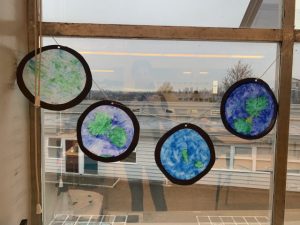
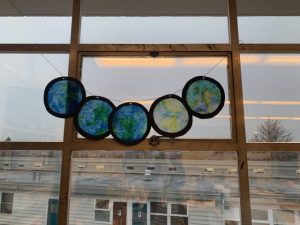
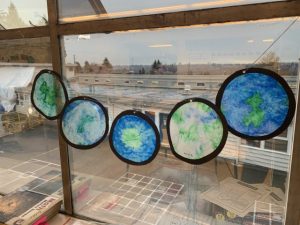
S.E.L. – Social Emotional Learning:
In Social Emotional Learning, we are discussing that various people, places, and things help support us in our daily lives. In each puzzle piece, we wrote down someone, some place or some thing that supports us. It was delightful to read their work and to see what is meaningful and supportive to each individual. Some examples included Nonna and Nonno, walks with Mom, hugs with Dad, music, nature, biking, books + reading, school and animals and so much more!
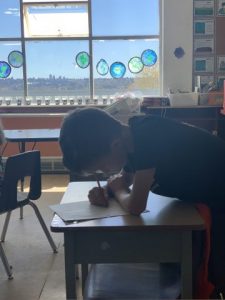
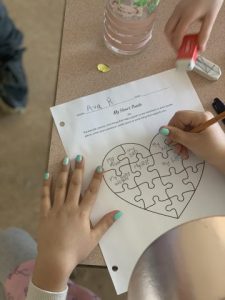
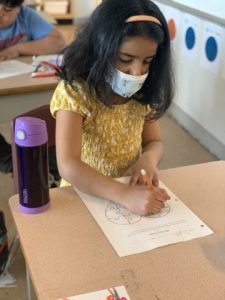
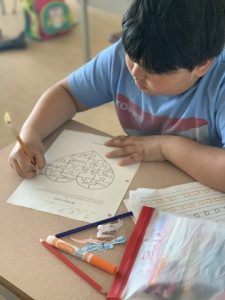
Social Studies:
Today we combined Social Studies with Science as we conducted an experiment on weathering + erosion. We were given a cookie which was our ‘rock’ and were given three different tools to symbolize weathering. A q-tip represented plants, a toothpick represented animals and water represented the natural elements such as ice, water/ocean etc. Prior to beginning, students made a prediction on which tool they thought would have the greatest impact on the cookie’s weathering + erosion process. We explored the different tools one at a time and at different time intervals, first we tried one minute and then recorded our observations and then tried for 5 minutes, again, recording our observations. We all discovered that over time the ‘rock’ would weather down and erode. Ask you scientist which tool made the greatest impact on the weathering process and why they think so. As scientists we continue to demonstrate our curiosity of the world around us while also explaining and justifying our thinking. It is safe to say we are all a big fan of the exploration process today as it ended in a cookie snack!
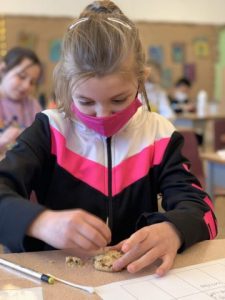
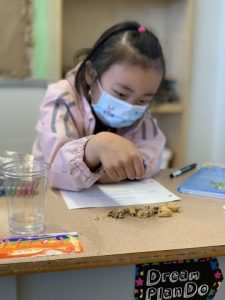
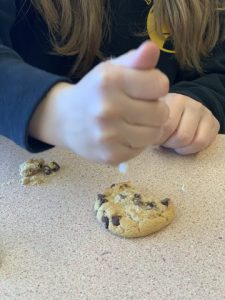
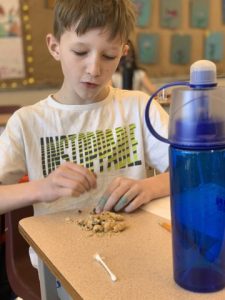
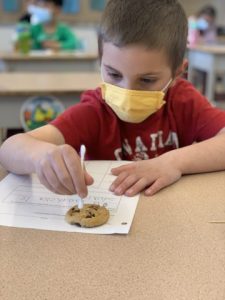
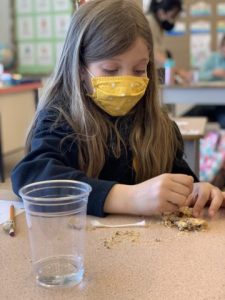
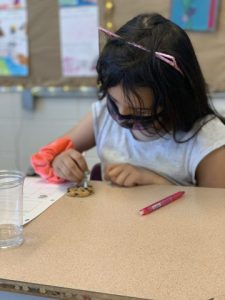
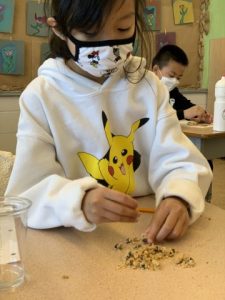
Math:
This week the Gr 2’s finished off their Data unit and have begun their newest unit, Addition + Subtraction. To begin we are working on number sentences. As mathematicians we are working on carefully reading the word problem to determine which operation we will use to correctly answer the question. In conjunction to working on number sentences we are also working on our doubles, and doubles + 1 facts, for example, 4+4= 8 ; 4+5=9. Knowing our doubles facts and doubles +1 will help us tremendously as it will enable us to use our mental math strategies to problem solve these equations quickly in our heads.
Can you answer the following questions below on a separate piece of paper and bring it in to Mrs. Ralph? Good luck!
- Mrs. Ralph made 13 cookies. Her husband gobbled up 7 of them. How many freshly baked cookies were left?
- Alfie went to the dog park and there were 8 dogs there altogether (including him), 9 MORE dogs arrived to the dog park, how many dogs were at the dog park altogether?
- Mrs. Ralph went to the ice cream store. She decided to get 3 scoops of different flavoured ice cream, but then decided on getting 5 MORE scoops! Sadly, as she was eating her ice cream 2 scoops fell off of her cone. How many scoops did she have left? * this one is tricky!!
Meanwhile, what have the Gr 3’s been up to? …
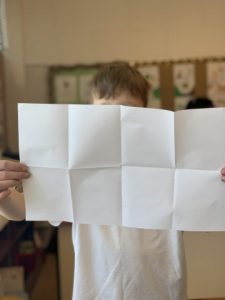
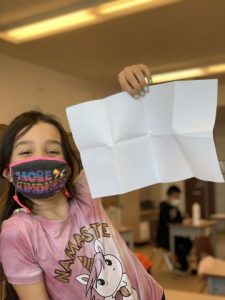
Gr 3 students continue to explore the world of fractions, recognizing that fraction parts are equal shares or equal-sized portions of a whole or unit. Through various formats of questions and close analyzing, students are beginning to recognize that fractions are numbers that represent an amount or quantity.
Question: If you can, solve this question on a piece of paper, remember to show your thinking and hand it into Mrs. Ralph!
Question #1 Riley and Aiden each have an apple. Riley cuts his into halves and eats one piece. Aiden cuts his into quarters and eats two pieces. Who ate more of their apple?
Question #2 Draw a rectangle, then divide the rectangle into eighths. Be sure each part is the same size. Colour one eighth red. Colour three eighths blue. Colour half of the parts green. Good luck!!
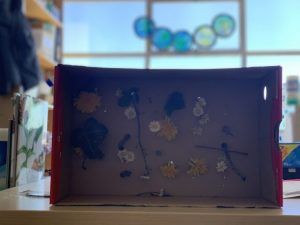
To end our Wednesday, we went outside to enjoy some sunshine and be creative simultaneously. We collaboratively created a Nature Treasure Poke Box!
